When people dream of Africa, they’re usually dreaming of the Serengeti. It’s a name that needs no introduction—just wide-open plains, golden light, and wildlife scenes straight out of a documentary. Located in northern Tanzania and spanning nearly 15,000 square kilometers, Serengeti National Park is one of Africa’s most famous conservation areas and a UNESCO World Heritage Site.
This is where the Great Migration unfolds in raw, jaw-dropping drama: over two million wildebeest and zebras thunder across the savannah in search of greener pastures, followed closely by predators that never miss a beat. But even outside the migration season, the Serengeti offers world-class game viewing with its high density of lions, leopards, elephants, cheetahs, hyenas, giraffes, and more than 500 species of birds.
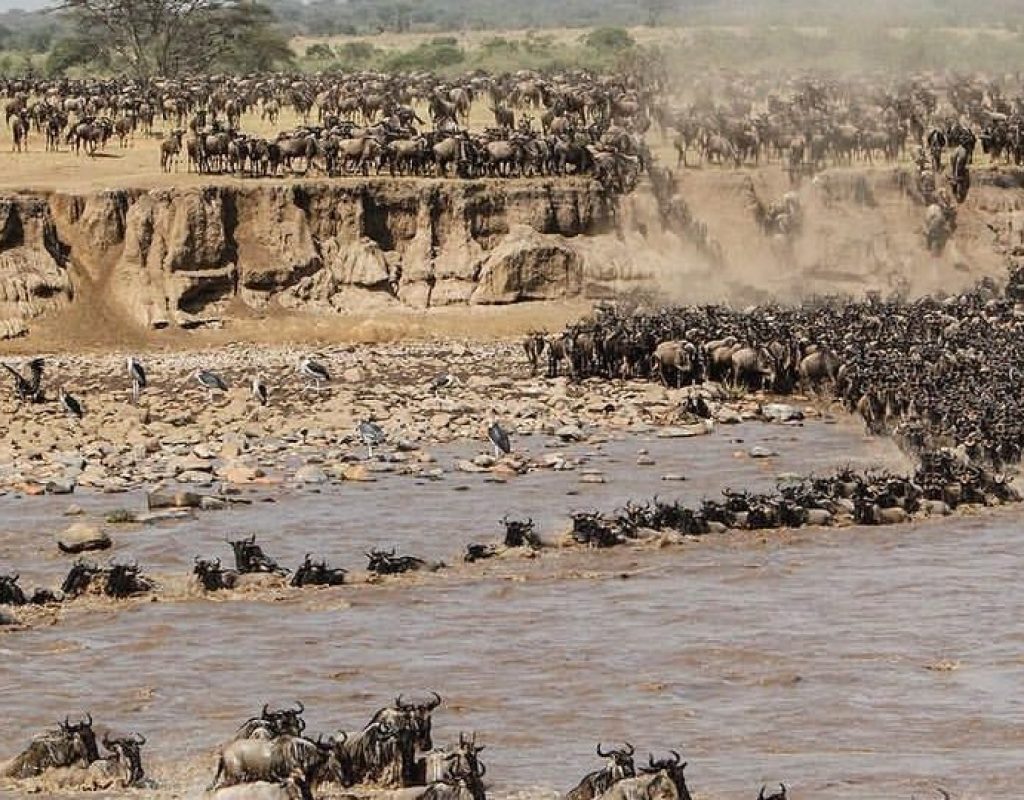
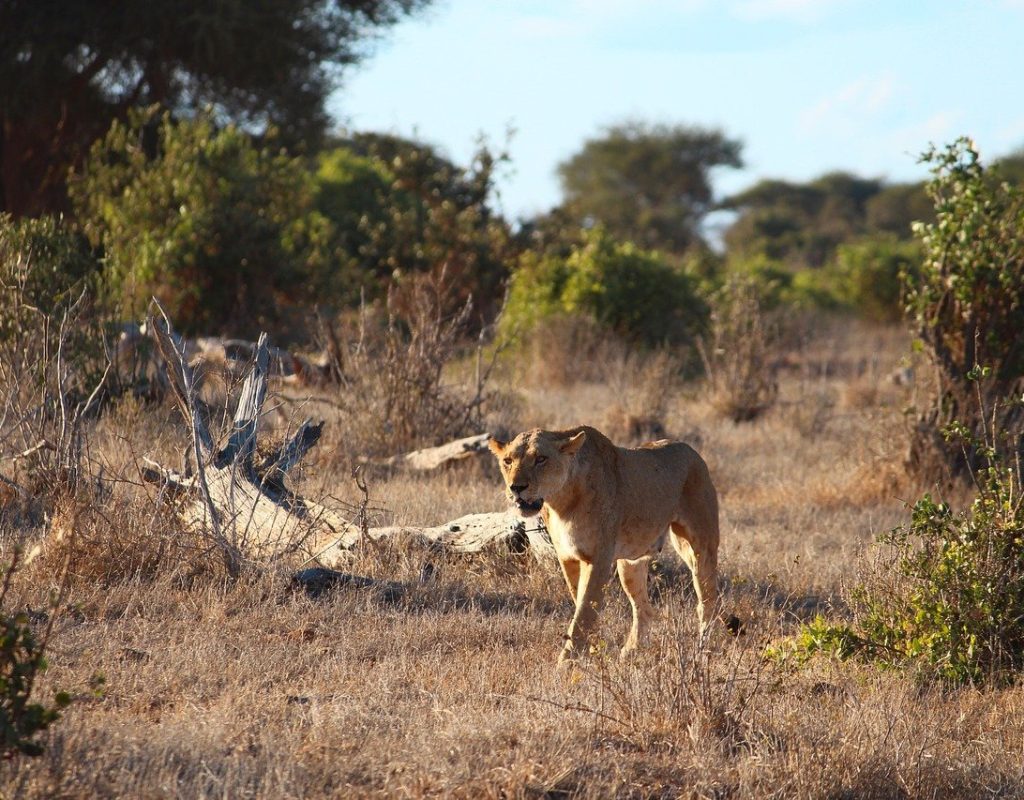
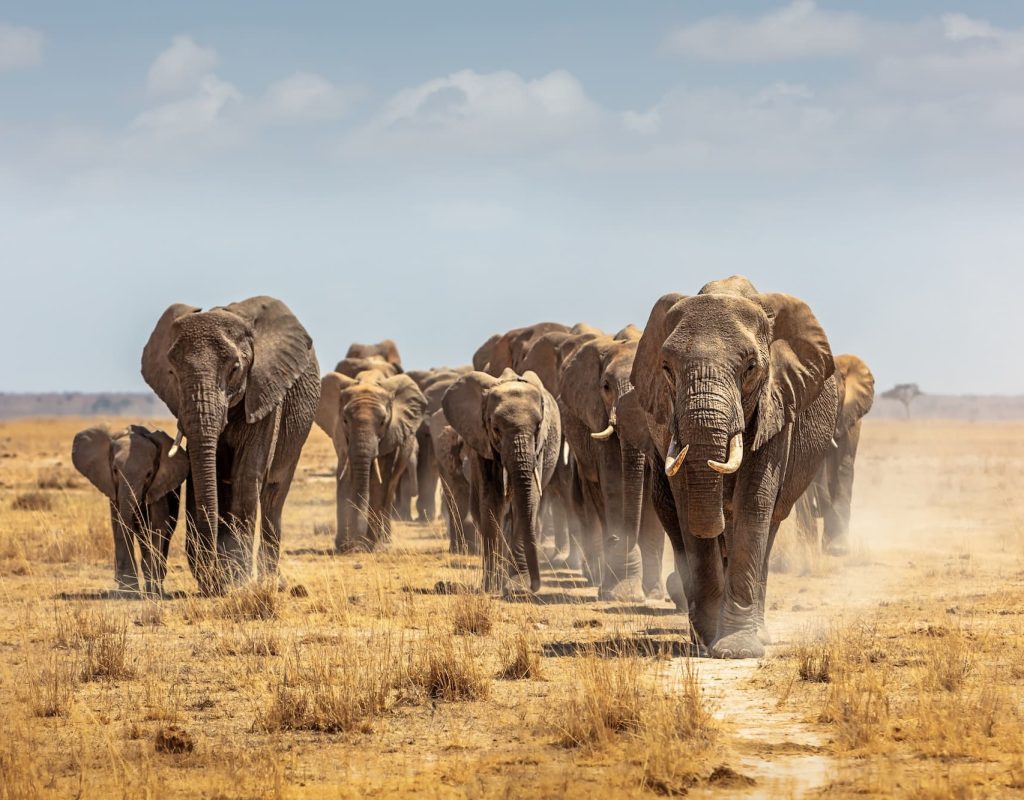
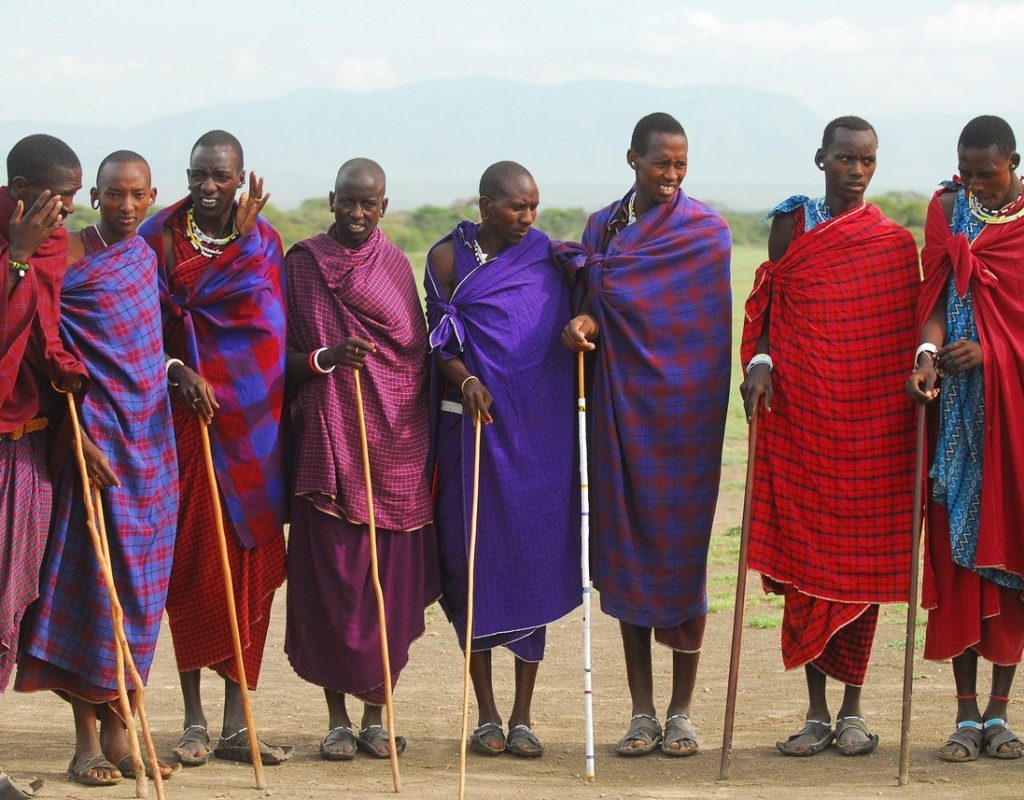
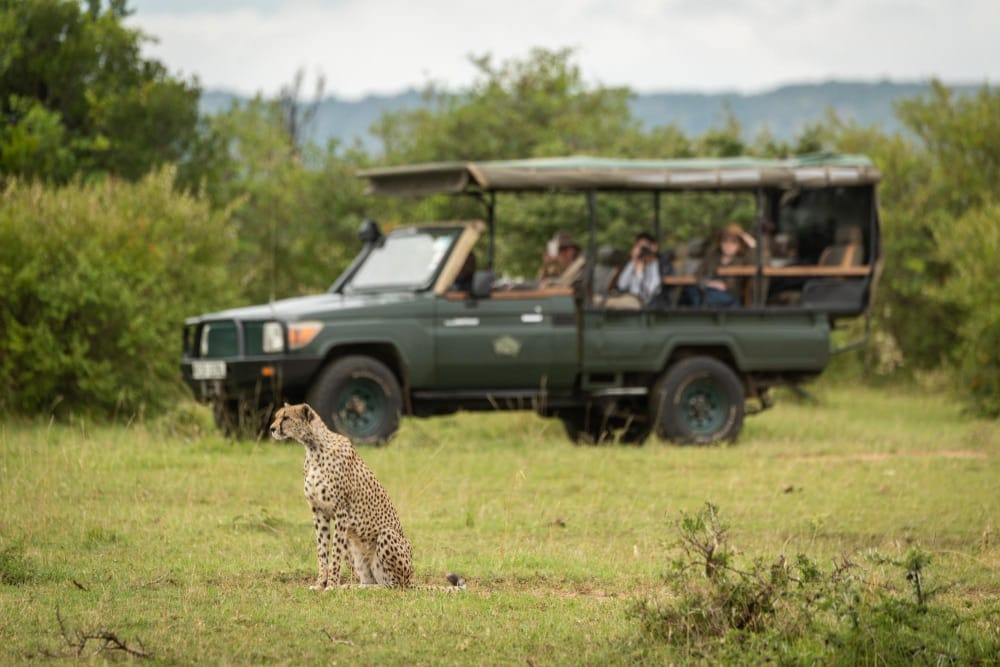
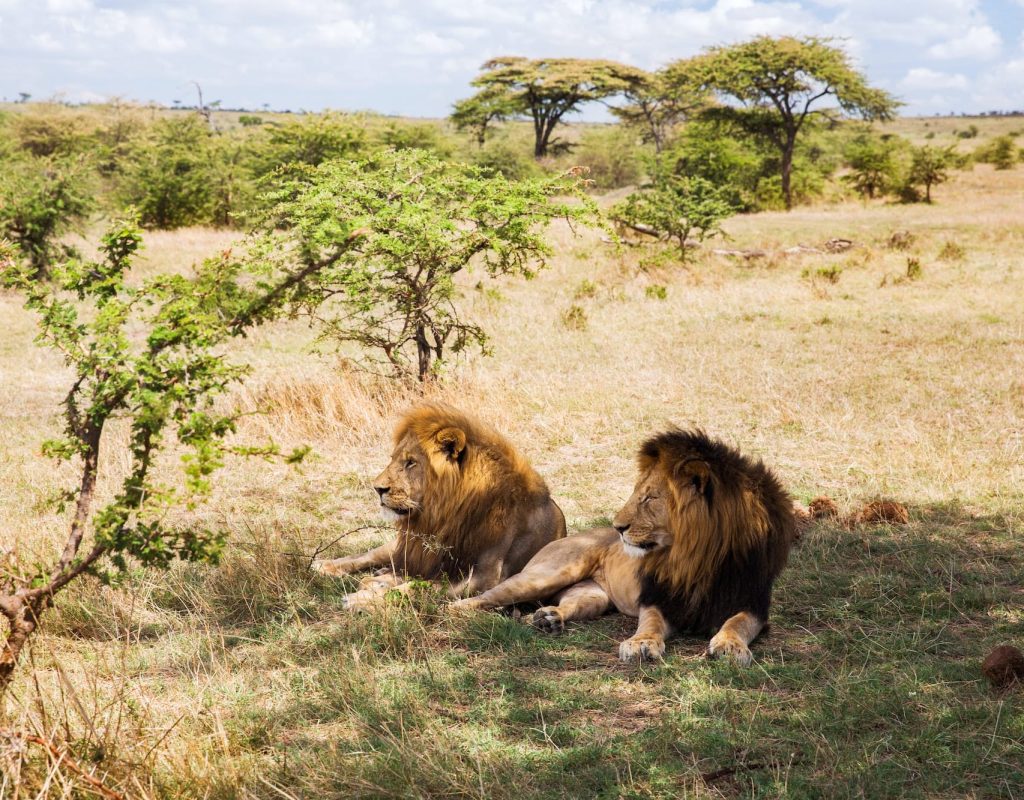
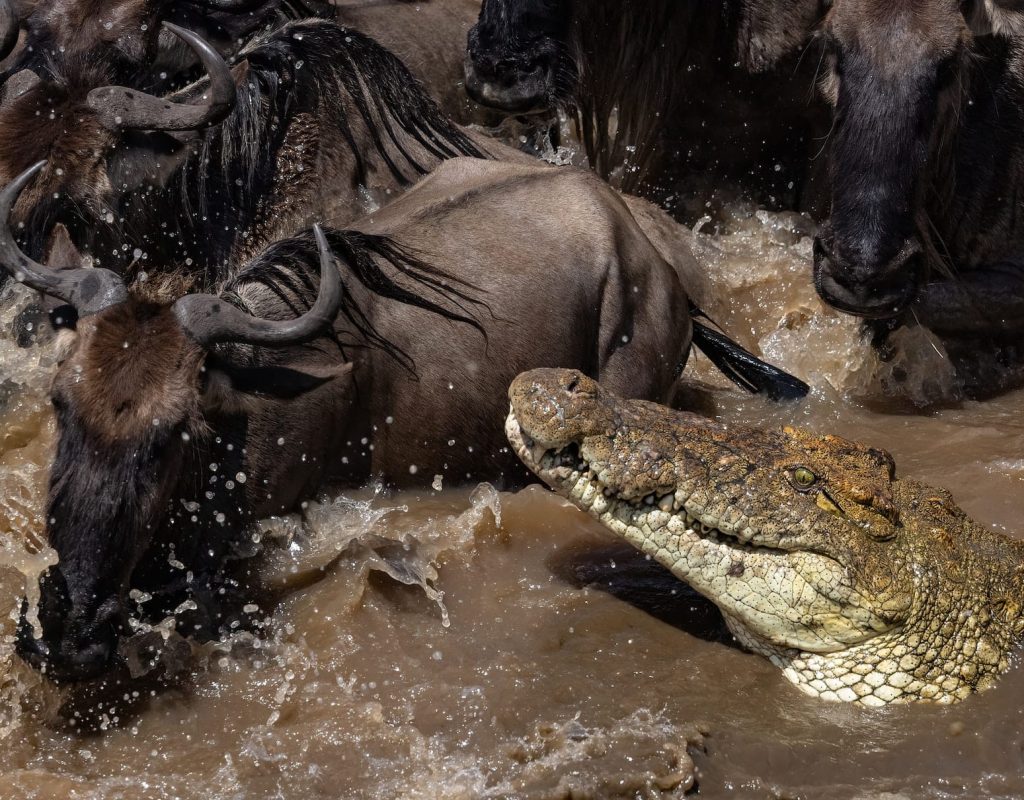
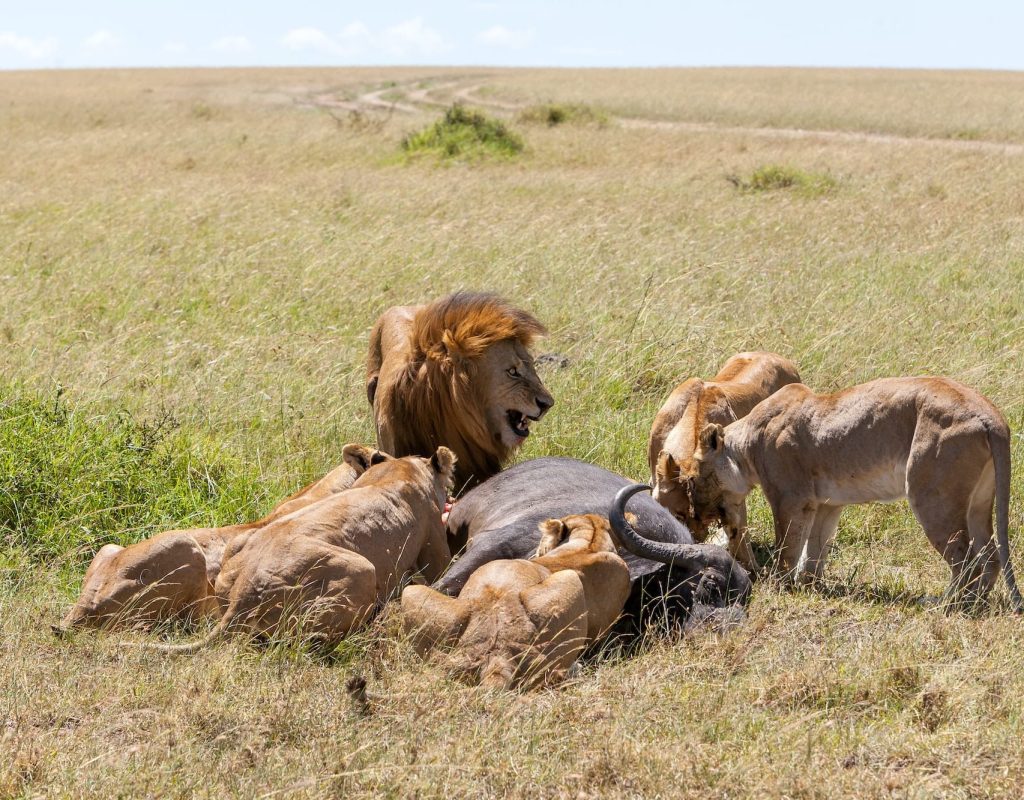
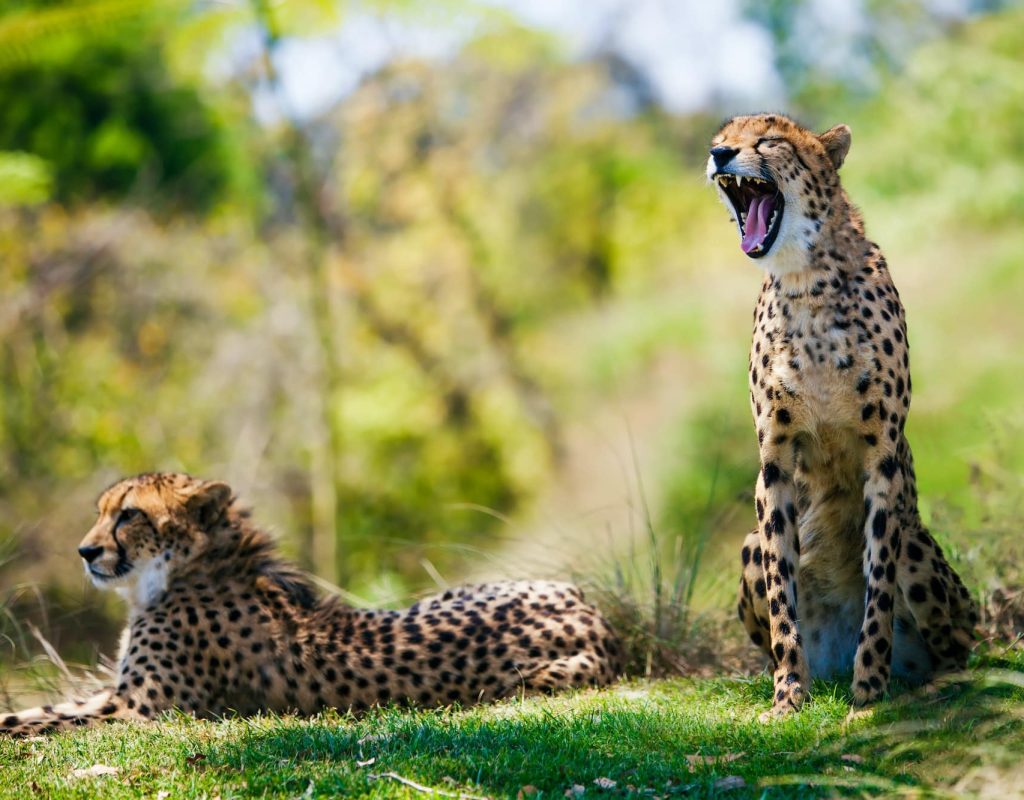
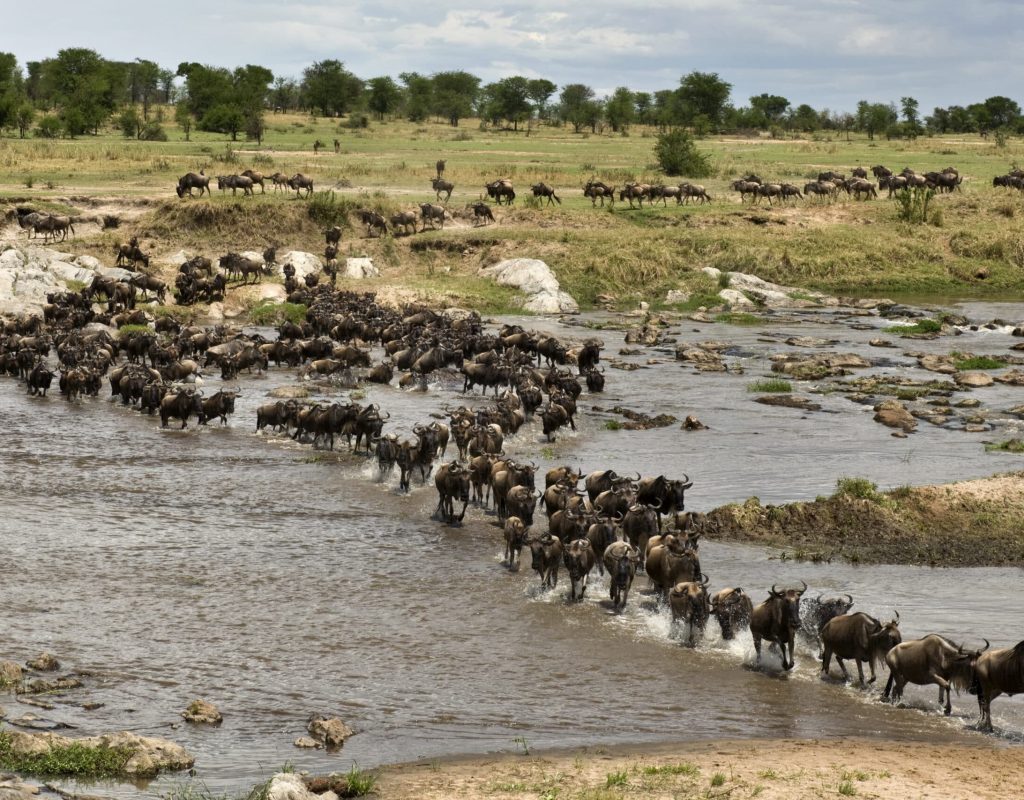
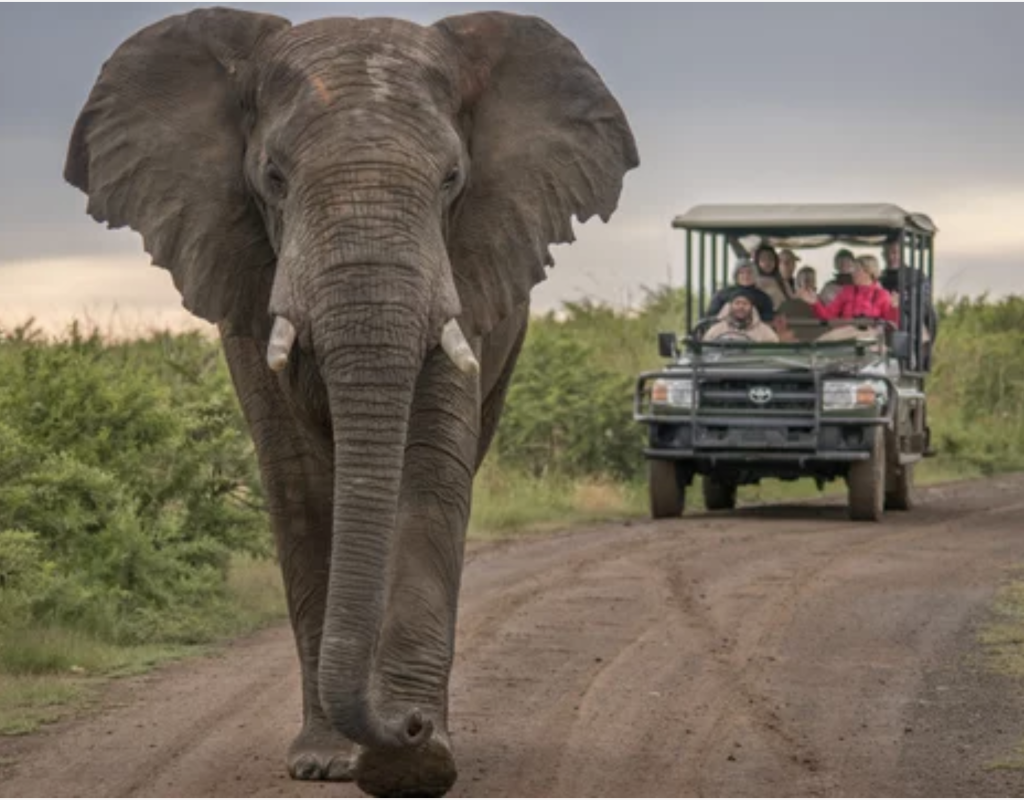
The Serengeti is famous for its density and diversity of wildlife. Here are some of its most iconic residents:
Step into a world that feels frozen in time. The Serengeti is home to over 4,000 lions, 1,000 leopards, and some of the most diverse ecosystems in Africa—from endless grasslands to acacia woodlands, rocky outcrops (known as kopjes), and seasonal river systems.
Explore the plains on a game drive, witness a predator stalk its prey, or float over the landscape at sunrise in a hot air balloon—it’s all part of the Serengeti experience. And when night falls, unwind at a lodge or tented camp while the distant roar of lions reminds you you’re in the wild.
No matter your travel style, the Serengeti has you covered. From luxury safari lodges with infinity pools overlooking the plains to budget-friendly camps close to the action, accommodations are as varied as the landscape itself.
By Air: The quickest way in is by light aircraft. Daily flights connect Arusha or Kilimanjaro Airport to airstrips in and around the park (Seronera, Kogatende, and others).
By Road: From Arusha, it’s a full-day scenic drive (approx. 7-8 hours), often passing through the Ngorongoro Conservation Area.
Best Time:
June to October offers the best game viewing, especially for the Great Migration and predator activity.
Calving Season:
From late January to March, the southern Serengeti comes alive as hundreds of thousands of wildebeest give birth—followed closely by predators.
Low Season Perks:
April and May see fewer crowds, greener landscapes, and discounted rates at many lodges.
Our specialists are ready to share their experience and create a holiday that’s tailored to you.
Contact
Contact Us
Copyright © 2025 Ikigai Expeditions. All Rights Reserved.
We use cookies to improve your experience on our site. By using our site, you consent to cookies.
Websites store cookies to enhance functionality and personalise your experience. You can manage your preferences, but blocking some cookies may impact site performance and services.
Essential cookies enable basic functions and are necessary for the proper function of the website.
These cookies are needed for adding comments on this website.
Statistics cookies collect information anonymously. This information helps us understand how visitors use our website.
Google Analytics is a powerful tool that tracks and analyzes website traffic for informed marketing decisions.
Service URL: policies.google.com
SourceBuster is used by WooCommerce for order attribution based on user source.
You can find more information in our Cookie Policy and .